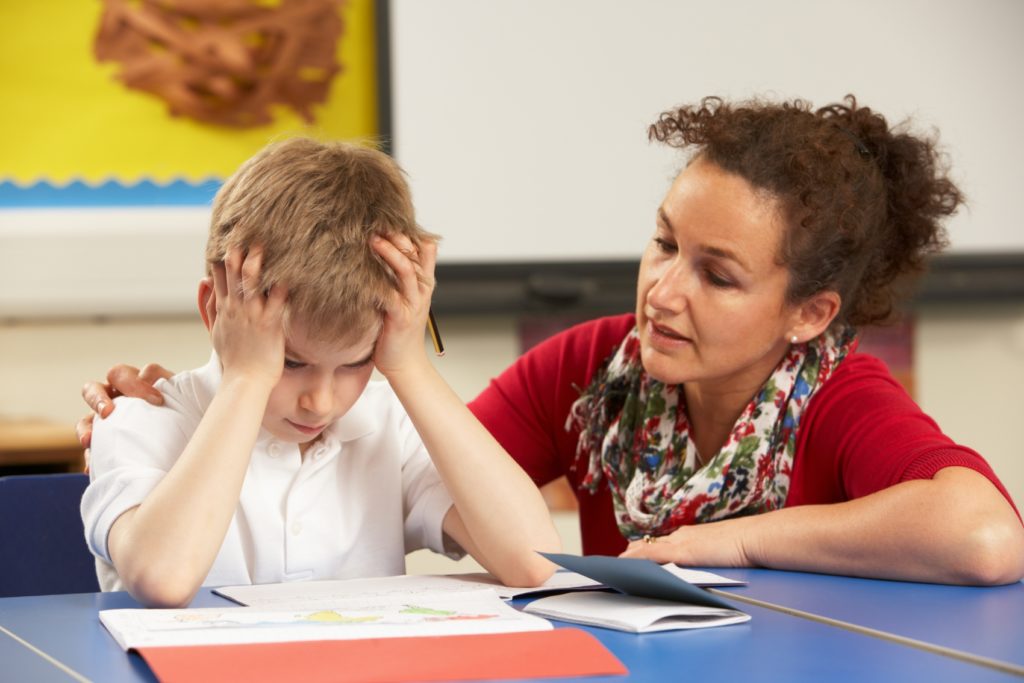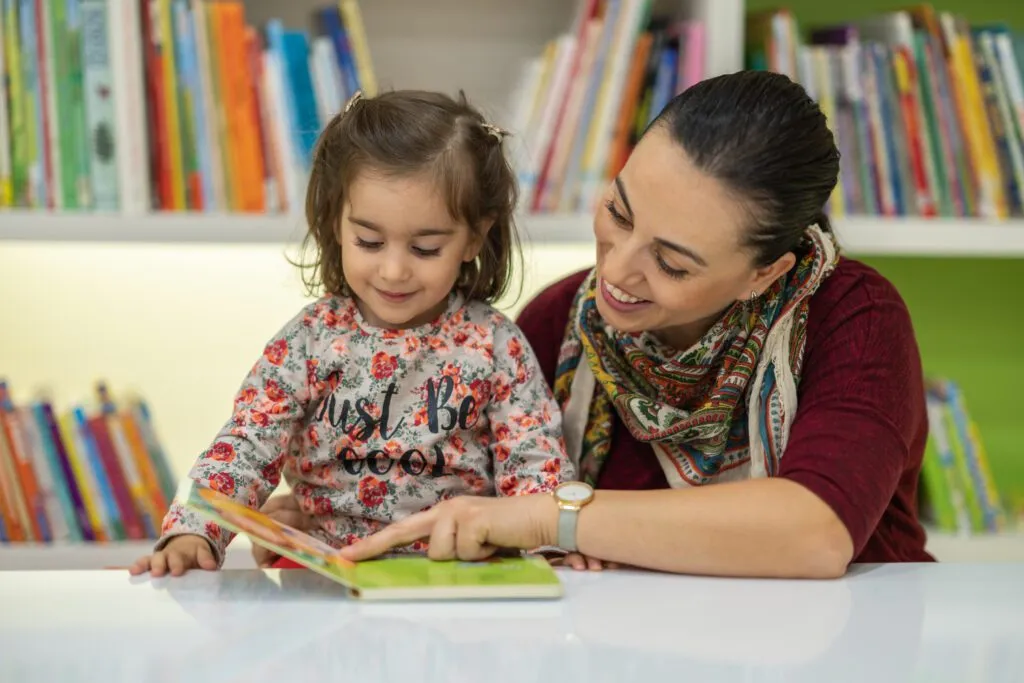Becoming Responsive: Supporting the Social-Emotional and Developmental Needs of All Children


Anyone who has ever worked with children develops an extensive collection of stories. “You should write a book!” is the common refrain whenever we talk about the words, actions, and emotions we see, hear, and learn about from the children we spend our days with. Some of them are joyful stories, and some are sad. Some are funny, and some are “just plain cute.” Some are stories of which we can be very proud of our role in the way they played out, and others, well, not so much.
Such is the case of a story I’ve recounted many times over the years. It involves a little girl I’ll call Jenny Bean, when she was in first grade and I was her teacher. Jenny struggled a great deal, and truthfully, the curriculum was inappropriate for her needs. But Jenny was a happy child with a naturally sunny disposition, and she was as determined and persistent as any child I’ve ever known.
So imagine my surprise, when, one day, I looked over at Jenny’s desk, and saw that she was sitting underneath it, with her chair pulled in front of her. She was looking out at the rest of us with silent tears streaming down her cheeks. I ran over to her, knelt down, and said, “Jenny Bean! What’s wrong? I’ve never seen you like this!”
“I cried yesterday, too,” she responded quietly, “but nobody noticed.”
What could I say? I had just told her “I’ve never seen you like this.” She was correct in saying that “nobody noticed.” Certainly, her teacher hadn’t.
I knew my response would be important.
So I said something along the lines of, “I’m so sorry, Jenny. You’re right. I didn’t notice yesterday, and I apologize for that. But I did notice today, and I really want to help you so that you don’t feel like this again in the future.”
Teaching is a complex job. Your time, energy, and attention are often divided among a variety of competing priorities, but none is more important than responding to children—their strengths, their needs, and their interests. Paying attention to children, asking open-ended questions that allow them time to reflect and consider as they make decisions, and then listening to their responses will always be essential aspects of your job as a teacher, regardless of the age, experience, or abilities of the children in your class.
Over the years, I came to think of “responsive teaching” as a function of three separate but equally important measures:
- Respond in the Moment
The first measure is demonstrated by my response to Jenny that afternoon. Those in-the-moment reactions can play a significant role in determining whether or not a child feels supported, valued, and cared about. These reactions may be related to behavior the child is exhibiting, but they may also be a reaction to a child’s spontaneous demonstrations of developing knowledge, skills, and abilities. - Reflect and Plan
The second aspect of responsiveness requires more reflection. That reflection may occur later that same day, when you are preparing your next week’s plans, or even later, such as when you are selecting the children’s next study topic. This aspect of responsiveness may include changing or adding classroom materials to encourage engagement and support interests, moving classroom furniture to better accommodate traffic flow and support decision-making, altering your daily or weekly schedule to ensure a balance of activity types, or reworking an existing weekly plan to better reinforce and scaffold skill development. It may require consulting a supervisor, colleague, or a child’s family members or conducting some research to find novel solutions to recurring concerns. I think of these two as the “during” and “after” types of teacher responsiveness. - Create an Intentional Learning Environment
There is a third component to responsiveness that we don’t always think of in terms of being responsive, and that includes the actions we take to intentionally establish an environment and structure that support a responsive classroom community. For example, when you plan your daily schedule to allow for meaningful transitions when going from active to quiet experiences—and also when going from quiet to active ones—you are creating a responsive classroom community. When you are intentional in the ways that you welcome all children and their families you are creating a responsive classroom community. When you ask the children in your classroom to participate in setting up the class rules, contribute to providing classroom materials, and take on class jobs, you are creating a responsive classroom community. By considering all three types of responsiveness—the after, the during, and the before—you will always feel better equipped to support children’s development and learning and show them through your own words, actions, and emotions that you are a teacher who cares about their words, actions, and emotions.

Build a Responsive Classroom Community
Combine the power of research-based tools that were designed to meet the unique social–emotional and mental wellness needs of early childhood.